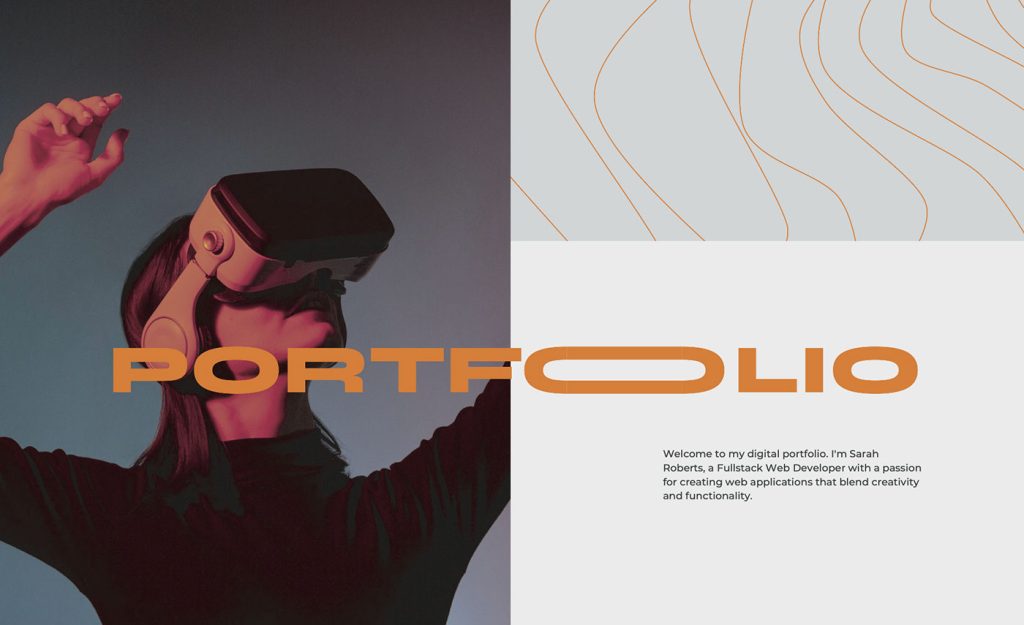There are a number of basic components that any good design brief includes.
Getting your clients to include each of these in their brief makes your job as a designer that much easier.
A comprehensive, detailed brief becomes the guiding document for the entire design process, and spells out exactly what you, as the designer, need to do, and the constraints within which you need to do it.
In this article we’ll examine the basics needed for a great design brief which should help ease your design work and avoid any problems with your clients.
Here are the essential elements of a good design brief:
- Objectives and goals of the new design
- Budget and schedule
- Target audience
- Scope of the project
- Available materials/required materials
- Overall style/look
- Any definite “Do nots”
1. Objectives and goals
The first thing you need to find out is what your client wants from their new design. Is this a redesign or reworking of an existing site, or is it a completely new design? Do they already have solid ideas for what they want their site to do or are their ideas more vague?
Getting your clients to nail down what their site goals are is important in creating a design that they’ll be satisfied with. After all, you’ll approach a design that’s meant to raise awareness differently from one that’s meant to specifically sell a product or service.
2. Budget and schedule
Budget can be a touchy subject for some clients. A lot of clients feel like if they share their budget with you before you give them a quote, you’ll overcharge them or charge them the maximum amount for the least amount of work.
What clients don’t often understand is that by knowing ahead of time what kind of budget they have to work with, you can tailor your services to give them the most benefit for their money. This is the part you need to stress to your clients, and be prepared to meet some resistance.
Schedule is almost as important as budget. Some clients have no idea how long it takes to design a great website. They don’t understand that good design takes time, and that it’s not just a matter of creating a pretty picture.
Sometimes clients have certain deadlines that they want to meet, because of events happening with their company or industry. They might have an upcoming product launch or trade show and want their new site ready for it. It’s important to find out why they want things to fit within a certain schedule and whether that schedule is flexible or not.
Be realistic with your clients about both their budget and schedule needs. If you know you can’t do something within a certain budget or schedule, tell them up front. Offer alternative solutions, if possible. You may find that by working with them and within the restrictions they have, you form a better working relationship and plenty of repeat and referral business.
3. Target audience
Who are your clients trying to reach? A website designed for teenagers is going to look and work a bit differently than one designed for corporate decision-makers. Ask your client who they want to appeal to with their website right from the beginning.
If your clients aren’t sure who they want to reach with their site, ask them who their ideal customer is. I’m sure they have an idea of who buys their products or uses their services.
Ask them to describe those people, even if there’s more than one. If so, it’s your job as the designer to create something that appeals to more than one demographic.
4. Project scope
Not every project is as in-depth as every other. Some clients want a completely custom solution. Others just want you to adapt an existing template or other design. Some clients want an entire ecommerce site with a shopping cart, while others just want a brochure site that gives basic company information.
Sometimes, project scope is obvious from the goals of a project; if your client’s goals are to sell products through their website, then they’ll need an ecommerce solution. But if it’s not obvious, you’ll need to ask. Make sure you ask about things like blog integration or social networking features, too.
5. Available materials
Does your client already have a logo, brochure, product photos, or other materials that would be useful to your design?
Looking at their existing promotional materials can shed valuable insight into what their design taste is and what their priorities are.
If your client doesn’t have things like a logo or product photos, then you’ll likely want to either offer to design these things, or refer your client to someone who can (if that’s not in your normal scope of services).
These kinds of add-ons can be valuable to both your client and to your bottom line.
6. Overall style
Getting a sense of what your client wants in terms of style is vital. They may have a grunge design in mind when you’re picturing something clean and modern (or vice versa). Most clients have very distinct likes and dislikes. But they’re not always good at expressing what their tastes are.
Asking clients for examples of designs they like and designs they don’t like, even if they’re the designs of their competitors, can give you valuable insight into what they like and don’t like. Your clients should provide you with a handful of examples prior to starting the design phase.
7. Definite “Do nots”
At least as telling as what a client likes and wants is what they definitely do not want.
Some clients hate certain features. Some clients don’t want an ecommerce site, or a three-column layout, or a slideshow. Getting an idea of what your client doesn’t want can save you from wasting time designing features your clients will then reject.
Formal questionnaire or just a guide?
Now that you have an idea of what your client’s design brief should include, it’s time to decide whether you should gather this information through a formal questionnaire, or simply provide your clients with a guiding document that tells them how to put together a brief.
There are advantages to either approach. A formal questionnaire can be useful for clients who are new to working with professional designers. A well-designed questionnaire gets your client thinking, and gets to the root of what they want from their new website.
Then again, a less formal document that simply guides your client to create a design brief that includes all the pertinent information. If most of your clients have already worked with professional designers, this can be a better way to get information. Letting your client say what they want to say can lead them to revealing information they might not reveal in a formal questionnaire.
Another option is to interview your clients in a less formal way. Discuss the things generally included in a good design brief, and take notes (or record the conversation if your client is okay with that, and then transcribe it later).
The advantage to doing an interview is that you can ask for more information or clarification if necessary, and you can generally gauge how enthusiastic your client is about certain aspects of the project or certain ideas.
A good design brief is vital
The design brief serves as the guiding document for the project. Think of it as like a business plan for a specific project. It should cover everything necessary to the project, in a manner that is easy to refer to throughout the project timeline.
Make notes on your design briefs once you start the project. Keep your proposal along with it, as well as other important documents. Highlight the important parts of each, or make notes in the margins. Don’t just look it over at the beginning and then file it away somewhere. Effectively using a design brief throughout the process can result in a much better end result.
Featured image, uses design brief image via Shutterstock.






